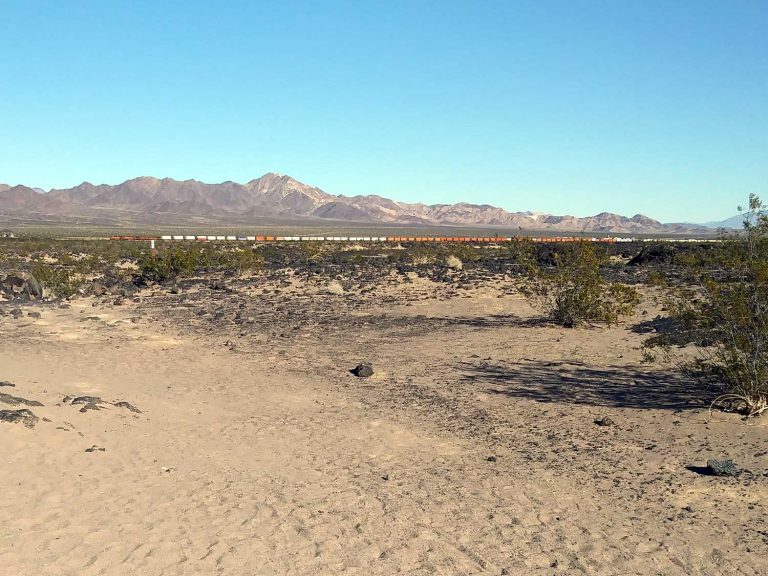
Date:
US inland port will reduce pressure on Los Angeles and Long Beach
The Mojave Inland Port site is adjacent to the Mojave Air and Space Port, a fully operational airport capable of accommodating large cargo aircraft, with a Union Pacific rail line running through the site and the capacity to handle up to 3,600 trucks a day and three million containers per year once operational.
The project received approval from officials in California to move forward with the transportation and logistics hub, to provide a critical relief valve for the West Coast gateways, that have been continuing to choke with container traffic and have run out of land, to add capacity.
The Mojave Inland Port will be located 90 miles west of the ports in the Mojave Desert, on 400 acres of land, with the project costing an estimated $75 million, that is being privately financed.
The new inland port will save shippers time and money by moving their containers speedily, it is claimed inside three hours, instead of sitting in the port or terminals for days or weeks waiting to be transported.
One of the major causes of port congestion on the west coast is the number of containers waiting to be transported, with more than 33,700 designated for rail sitting on the Port of Los Angeles docks, nearly four times the number that would typically be waiting on a recent survey.
The Port of Los Angeles, America’s largest container port, handled 10.7 million container units in 2021, the busiest calendar year in the port’s 115-year history and Long Beach set a new record in 2021 by moving 9.38 million cargo containers, up 15.7% on 2020 volumes.
With no letup in container traffic since the beginning of the year, the ports reported record container movements in July which continued robustly in August, with both ports very interested in the project and encouraging of the development.
Mario Cordero, executive director of the Port of Long Beach, said he supports the Mojave Inland Port project. “The Mojave Inland Port is the type of innovative solution that will alleviate congestion and allow dockworkers to do their jobs more efficiently, getting goods to businesses and consumers faster.”
On the 9th August officials in Kern County, where the inland port site is located, issued permits for its zoning and site plans, with building permits the next step and a groundbreaking scheduled for next year. The desert port is scheduled to become fully operational in 2024.
The Mojave Inland Port will service containers transporting consumer goods from Asia, which represents 40% of the freight that moves through the ports of Los Angeles and Long Beach.
If this programme is successful we suspect that it will be emulated globally, including in Europe, to move container holding facilities inland. It is one that is worth noting and watching, for slicker supply chains reliant on an ocean freight model.
We always explore contingency opportunities that deliver product to market in the USA, avoiding congestion and delay. We will monitor the progress of this project and will engage with the executive team at an appropriate time.
If you trade with the United States and would like to explore our capability, please contact Kevin Lake, who leads our North American operations.
